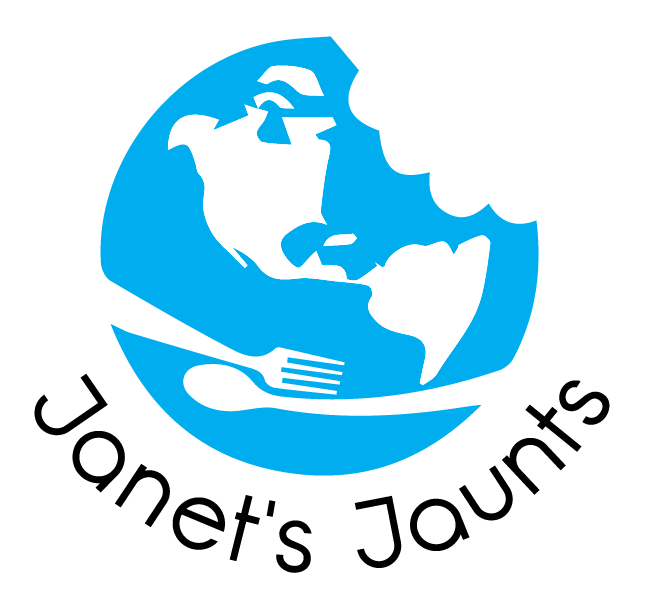Explore what Amsterdam has to offer, walking from bite to bite

This canal over the Bloemgracht in Amsterdam’s Jordaan neighborhood is near the Anne Frank House, one of the city’s top attractions. Note the many bicycles parked canal-side.
Janet Podolak
A food walking tour in the Jordaan neighborhood was our choice for a short visit to Amsterdam at the conclusion of a week long Rhine river cruise aboard the Scenic Opal.
Dogged by rain for days, we had fingers crossed for fair weather during our three-hour amble along cobbled lanes and among bridges in the charming Jordaan, once a slum but today a partly gentrified delight. Along the way, we sampled cheese, herring, beer, sausage, coffee and the delightfully puffy little pancakes called poffertjes.
We had less than 48 hours in the city, so put the Anne Frank House, the Van Gogh Museum and the Rijksmuseum on a list for another time.
Peter, our guide, introduced himself to the dozen Americans gathered for the prepaid tour at the Cafe de Prins along the Prinsengracht Canal. We’d followed the canal from our hotel to find the cafe, making mental notes to return to some of the shops we spotted along the way. We passed several of the city’s 1,500 bridges, which are among the challenges for finding one’s way. The Amsterdam Canal Ring celebrates its 400th birthday this year with many canal-related events.
“We are not an old city,” Peter told us. “We’re just 800 years old.”
Amsterdam grew as a shipping hub, bringing spices from the East and filling a demand for pepper, cinnamon and and other seasonings we would taste in foods we sampled in the hours ahead.
Like other guides had done, Peter warned us to be mindful of the bike paths that flank every pedestrian area and were often thronged with bikes ridden by suited businessmen, mothers with babies, tattooed tough guys, fashionistas wearing 4-inch heels, grandmotherly types and all manner of Dutch citizenry. I’d already been winged by a bike and fallen to the cobblestones, injuring my thumb. And the bike didn’t even stop.
“They pull 20,000 bikes out of the canals every year,” Peter said.
On a canal cruise the previous day, the captain pointed out a multi-level parking garage for more than 5,000 bikes.
Peter, whose family once lived in the Jordaan neighborhood, told us the district didn’t have potable water to drink until the 1950s, when indoor plumbing was just a dream. He pointed out a canal-side public toilet more suitable by design for men than women.
“Everyone, even children, drank beer because the water was not good,” he said.
Our next stop was a neighborhood tavern, where we sampled spicy meatballs along with a pale ale called Funky Falcon. We then went to what would be a general store in this country, where we sampled licorice and ogled the dry goods.
Gebakken Vis was our next stop. There, Peter brought out platters of herring and deep-fried fish pieces, called kibbeling, to sample. One of our number had a shellfish allergy, so Peter assured her the kibbeling was mixed fish with no shellfish in it.
The herring was pickled and not to the liking of everyone in the group. But folks who take a food tour are generally adventurous tasters, so everyone tasted it. Few, though, had seconds.
We then walked to a canal that had been covered and paved for parking, which is not easy to find in this neighborhood.
After cautioning us to speak quietly, Peter took us into several private courtyards, quiet sanctuaries surrounded by multi-level buildings that bloomed with roses, statuary and benches.
“There once were dozen of these open to the public, but the noise became too much for the residents, so now there are only a few we can enter,” he said.
To show us how the demand for spices made millionaires of 16th-century merchants, we stepped into a sausage shop for samples of sausages made from oxen and veal. They were served with a spicy mustard. We all could taste the pepper and various spices used in making them, but, again, few of us returned for seconds.
“Everyone wanted pepper in the old days,” Peter said. “It was purchased for 25 cents a kilo and sold for $9 for 2 pounds, so you can understand how wealthy the merchants became.”

Peter, our tour guide on a food walking tour in Amsterdam, offers Gouda cheese to a pair of the dozen Americans who signed up for the three-hour tour.
Janet Podolak
We stopped for samples of cheese, tasting both aged and young Gouda varieties and made a stop at a Java-Surinamese fast food place called Swieti Sranang, where we sampled pom, a carrot-like cake, and a confection of banana and peanut butter none of us could pronounce.
“People from Java, in the Dutch East Indies, and Surinam, in the Dutch West Indies, have become a large part of Amsterdam’s population,” Peter told us. “Their foods have become a popular addition to our cuisine.”
Our walking tour ended on a sweet note with a visit to a Brown Cafe for Dutch Apple Pie. Called Cafe Papeneiland it’s a favorite for Bill Clinton when he visits Amsterdam. After tasting the pie, we understood why.




Recent Comments